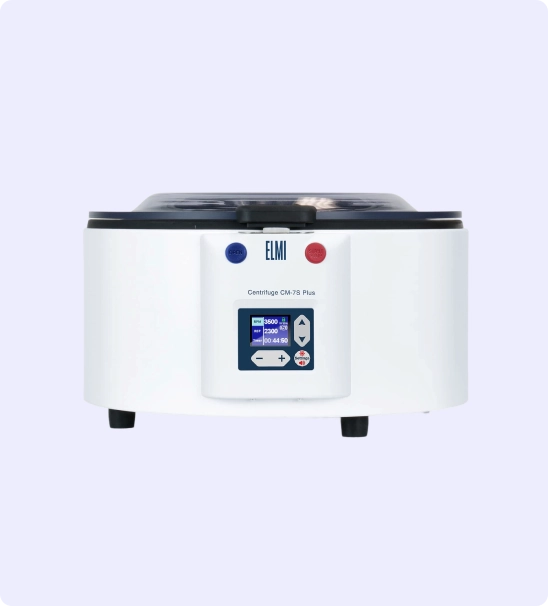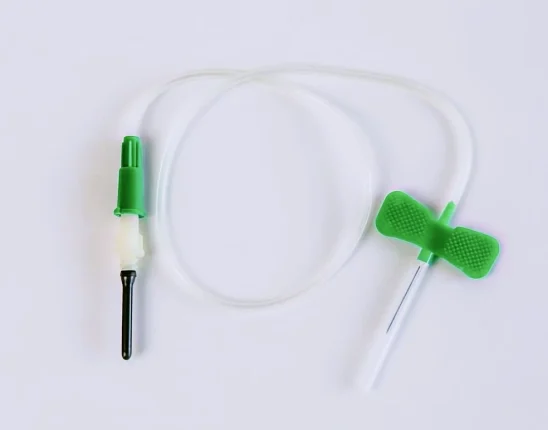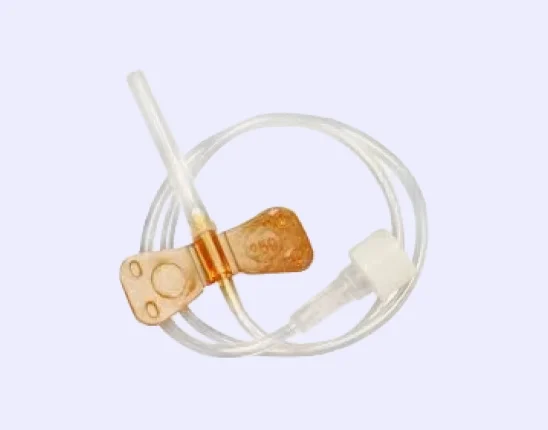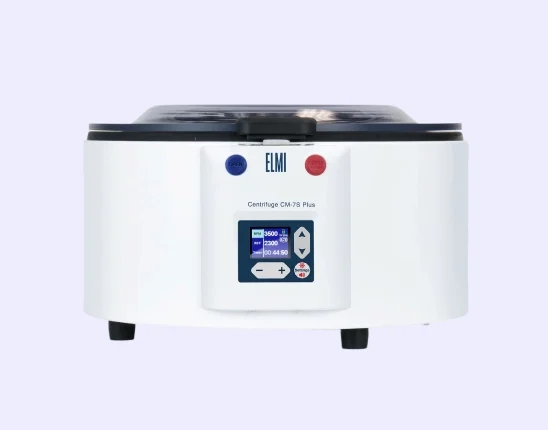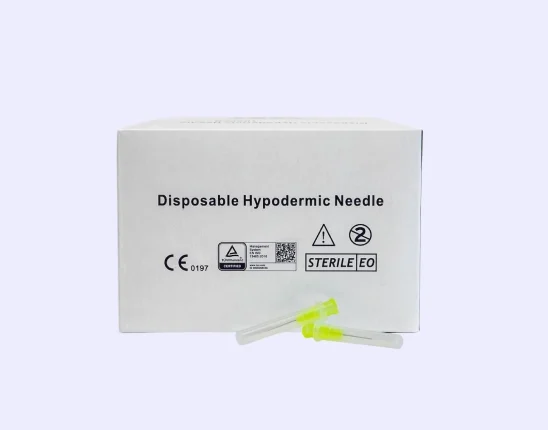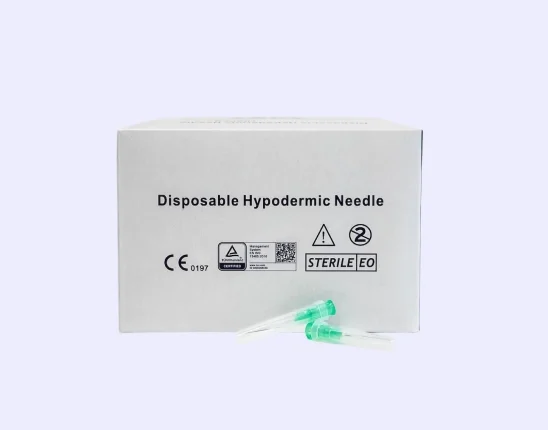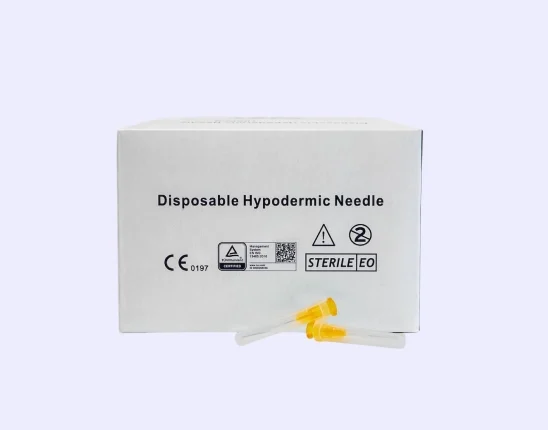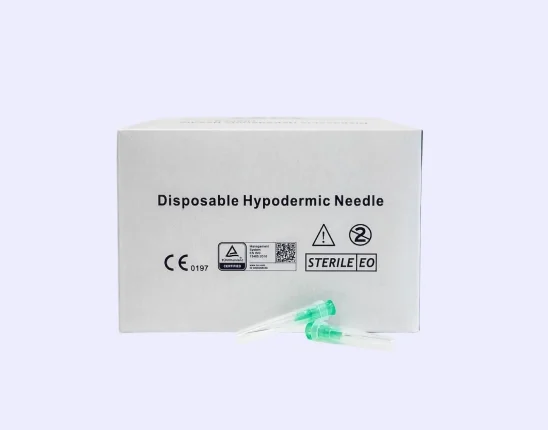Sjogren’s syndrome is an autoimmune disease that can manifest plenty of symptoms, up to and including hair loss. Commonly occurring with other conditions like lupus, scleroderma, or rheumatoid arthritis, it’s something that affects millions of people throughout the world. And while it can cause significant disruptions to your quality of life (even without other complications), it’s the aesthetic changes like hair loss that can drastically affect your self-esteem.
But can PRP injection treatment help with hair loss caused by Sjogren’s syndrome? While the evidence we do have is promising in regards to how PRP injection treatments can help with Sjogren’s-induced hair loss, the exact efficacy of PRP therapy makes the overall effects a little unclear. You can experience some hair regrowth and rejuvenation with PRP treatments – but how much will depend on plenty of other factors.
The Relationship Between Sjorgen’s and Hair Loss
One thing to keep in mind is that while patients with Sjogren’s syndrome can experience hair loss, it’s not always clear that this is caused by Sjogren’s itself. Autoimmune disorders cause the body to attack itself, and this can often cause plenty of complications that can vary from patient to patient.
Adding to the complication that Sjorgen’s syndrome can sometimes occur with other medical conditions, it becomes a bit tricky to be sure about what exactly is causing your hair to fall. This makes actually treating hair fall itself even more difficult since certain types of hair loss respond better to some treatments.
So how exactly can you be sure that Sjorgen’s is causing your hair loss? There are three common conditions that you need to check for:
1) Telogen Effluvium
Telogen effluvium is temporary hair loss that’s usually caused if your body has experienced some trauma. Almost anything can trigger this as long as it sufficiently stresses your body, causing mild to moderate amounts of hair fall, usually around the scalp.
Given that Sjorgen’s is an autoimmune disorder, this makes any stressors to your body more potent, which makes you more likely to develop telogen effluvium. Combined with the lowered defenses of your immune system, other illnesses can also take hold of your body and cause this condition.
Fortunately, telogen effluvium is self-resolving and should go away when the root cause has been addressed, and any hair loss should be regained within 3 to 5 months.
2) Androgenetic Alopecia
Mainly caused by genetics, androgenetic alopecia (or female/male pattern baldness) is a common condition that affects millions of people worldwide. While it commonly affects men, women are also susceptible to developing this condition if it runs in the family.
Androgenetic alopecia doesn’t always cause hair loss – it sometimes just manifests in thinning hair. Depending on your age, this thinning hair can be negligible or visible and may escalate to hair loss if your primary condition worsens. In this case, using more intense hair regrowth treatments may be your only option.
Given that your body’s immune system doesn’t work properly if you have Sjorgen’s syndrome, the symptoms of androgenetic alopecia can be more apparent and may get worse if your immune system attacks your hair.
3) Cutaneous Lupus
Cutaneous lupus is another autoimmune condition where your body starts thinking that healthy tissue and cells are foreign bodies and attack them accordingly. This can manifest in red, scaly rashes across the mouth and cheeks, and are often triggered because of sun exposure.
Medications are often the only management option you can use for cutaneous lupus since it can also cause hair loss if the condition isn’t treated when you have a flare-up. If left unattended for a long time, the persistent attacks on your skin can damage your hair follicles, which can result in permanent hair loss.
As an aggressive condition, cutaneous lupus is normally treated with aggressive medications, either taken orally or administered topically on the affected areas.
If neither of these conditions is present, then it’s safe to assume that your hair loss is a side effect of having Sjorgren’s syndrome – though it’s best to have yourself evaluated by a professional like a dermatologist for an exact diagnosis.
How Can PRP Injections Help?
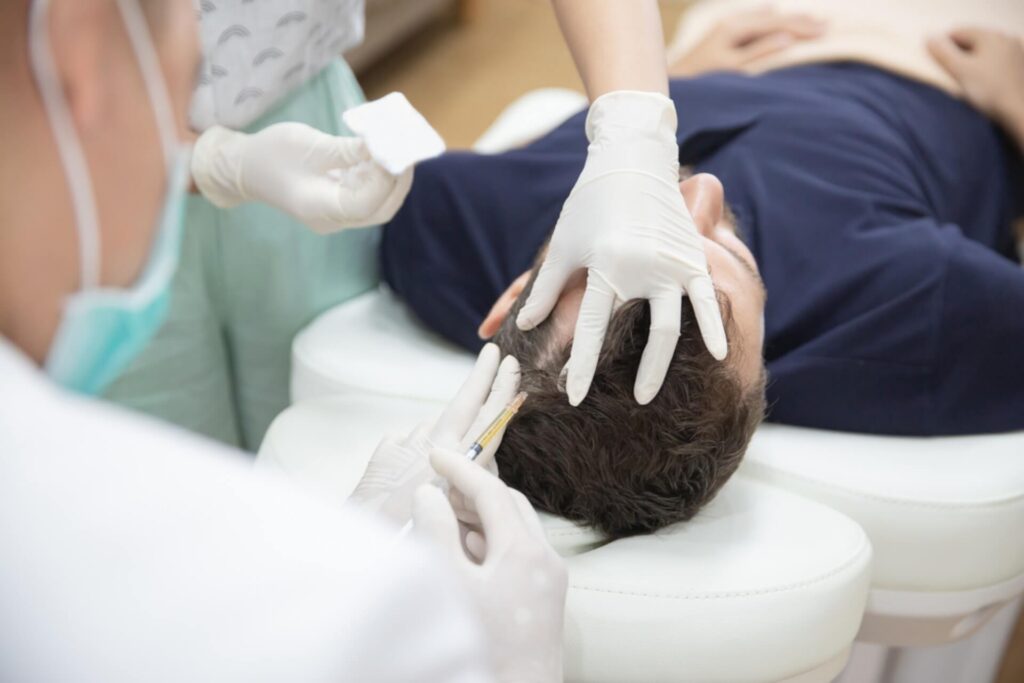
No matter the underlying cause of your hair loss, PRP injections can help mitigate or at least slow down the rate at which you lose hair. Because the treatment relies on boosting your body’s inherent wound healing, the effects of PRP injections are unlikely (if at all) to interfere with any medications or management methods that you may be taking for Sjorgren’s.
PRP injections to the scalp can help slow any hair thinning you might be experiencing because the cell repair response strengthens your hair follicles and improves your scalp health. The growth factors in PRP injections can also help with hair regrowth, but keep in mind that your results will depend on the severity of your hair loss.
One important thing to remember is while PRP injections can help with hair loss, they can’t help with the other symptoms of Sjorgren’s or any underlying/concurrent complications. While PRP treatment can help with any further hair loss and hair regrowth, you will continue experiencing hair loss if your treatments for Sjorgren’s don’t keep up.
THE PERFECT NEEDLES FOR YOUR PATIENTS. CODE “20OFF” FOR 20% OFF YOUR FIRST ORDER!
FACE Med Store supplies countless doctors and clinics with all their supplies, including top-of-the-line hypodermic needles. Get your hypodermic needles at 20% off today!
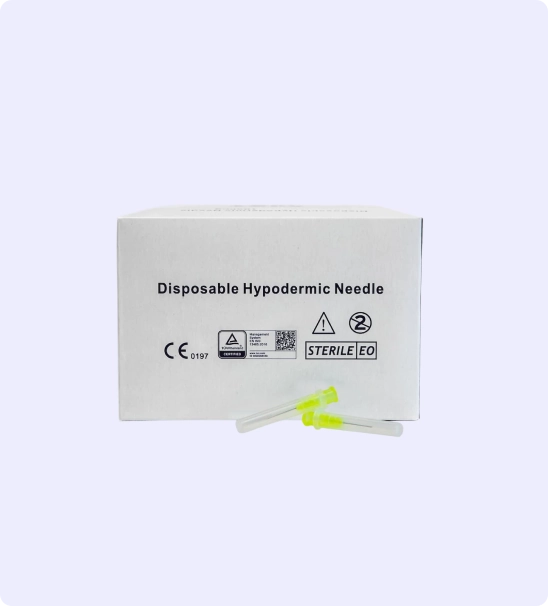
Why Choose PRP Injections?
PRP injections are not the only way to counter hair loss, but they can work for Sjorgren’s syndrome patients in particular for a few reasons:
1) Non-invasive Treatment
PRP injections are minimally invasive, only requiring a blood sample from the patient to be processed and injected back into their system. After white blood cells and other compounds have been removed from the blood sample, what’s left is a serum made of pure platelet concentrate, which can kick-start the body’s repair and regrowth in the injected area.
As a result, all a patient needs to go through is injection treatments, which can be significantly easier on the body compared to other methods like hair transplantation. When you get a PRP injection, you shouldn’t experience any lasting side effects or disruptions to your daily routine, allowing you to live your life as close to normal as possible.
2) Easy for the Patient
The lack of surgical procedures with PRP injection also means that there’s no downtime involved – and any repeat treatments will only require further injections to the site. PRP injections do need consistent application over several months so you can start seeing hair grow, but these applications are easy and require almost no preparation or aftercare.
This is crucial because the quality of life is already an important consideration for most of Sjorgren’s patients, as this condition can manifest in plenty of symptoms that can make the application of more invasive methods of hair growth difficult. With PRP treatments being convenient for the patient, it’s easier to integrate into any existing treatment plan they may already be following for Sjorgren’s syndrome.
3) Can Work With Other Hair Rejuvenation Procedures
Because PRP only boosts your body’s natural wound healing and cell growth, it’s a process that doesn’t interfere with how other hair growth products or treatments may work. PRP injections can act as excellent secondary treatments alongside other methods like topical minoxidil, strengthening their effects and overall giving you more improvements with hair growth.
It’s even possible to use PRP treatments with more intense procedures like hair transplantation surgery (if the patient chooses to go through with it) since the cell repair response can also help the skin recover better from the grafting process. While the overall effects of PRP treatment with other hair growth procedures have yet to be fully understood, the studies that we do have point towards it being a very helpful addition to your treatment plan for countering hair loss.
Get High-Quality Tools and Medical Supplies From FACE Med Store Today
-
 Butterfly Needle – 23G 3/4 in. x 12 in. with sliding safety shield- Box of 100
Butterfly Needle – 23G 3/4 in. x 12 in. with sliding safety shield- Box of 100 -
 Butterfly Needle – 25G 3/4 in. x 12 in. with sliding safety shield- Box of 100
Butterfly Needle – 25G 3/4 in. x 12 in. with sliding safety shield- Box of 100 -
 CM-7S PRP Plus
CM-7S PRP Plus -
 30 Gauge 13mm (0.5 inch) Hypodermic needles
30 Gauge 13mm (0.5 inch) Hypodermic needles -
 32 Gauge 13mm (0.5 inch) Hypodermic needles
32 Gauge 13mm (0.5 inch) Hypodermic needles -
 34 Gauge 4mm (0.16 inch) Hypodermic needles
34 Gauge 4mm (0.16 inch) Hypodermic needles -
 32 Gauge 4mm (0.16 inch) Hypodermic needles
32 Gauge 4mm (0.16 inch) Hypodermic needles -
 Butterfly Needle – 21G 3/4 in. x 12 in. with sliding safety shield- Box of 100
Butterfly Needle – 21G 3/4 in. x 12 in. with sliding safety shield- Box of 100 -
 Blood Draw Needle Holder (Vacutainer) – Bag of 100
Blood Draw Needle Holder (Vacutainer) – Bag of 100
As an autoimmune disorder, Sjorgren’s syndrome can cause hair loss in patients – but it’s important to ascertain the exact cause of your hair fall since it can be attributed to other complications like lupus. Even if the right cause is identified, PRP treatment can’t be a certain way to treat hair loss caused by Sjorgren’s, though its effects are non-invasive enough that it can be used with some management medications for the condition. If you are thinking of PRP treatments for hair loss, consult both your primary care doctor and a specialist before making your decision.
FACE Med Store has extensive experience in providing medical-grade tools and supplies to our clients, ensuring that they’re able to administer treatments, get medication, and otherwise ensure that they’re able to accomplish both cosmetic and medical procedures. We provide our stocks at competitive prices without compromising on quality, which allows us to help you more efficiently long term.
For more information about us and our products, visit our website today.
